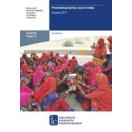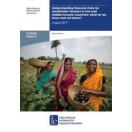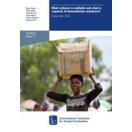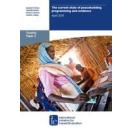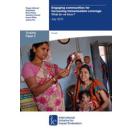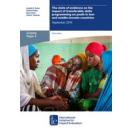
The state of evidence on the impact of transferable skills programming on youth in low- and middle-income countries
3ie Scoping paper 4
Young people make up the majority of the world’s population, and the majority of those young people are in the developing world (USAID 2012). Educators recognise that the skills a person needs to succeed in today’s world are more than just reading, writing, and arithmetic. Transferable skills are higher-order cognitive skills and non-cognitive skills that individuals can use to be successful across different situations in work and life. As international agencies and governments are increasingly funding and implementing programmes to build transferable skills for youth, more high-quality evidence is needed to inform those decisions and designs. This scoping paper by Brown et al. explores the state of evidence for interventions in low- and middle-income countries aiming to build transferable skills.
The core of the paper is an evidence gap map, which catalogues all the impact evaluations of youth and transferable skills interventions and maps them according to intervention categories and outcome categories. The paper also analyses the demand for evidence from information gathered at the secondary education and transferable skills roundtable event, which brought together over two dozen experts in the field.
The analysis of the evidence gaps combined with the information on stakeholder demand reveals that one priority for future impact evaluation investment is formal education interventions including interventions designed to: reform curricula and train teachers to build transferable skills; provide teachers with incentives or help them to network; or to build institutional management and other capacity. There is also a gap in evidence about whether learner-centred approaches are effective for teaching transferable skills, which was a concern among many roundtable participants.
3ie also produced an evidence gap map report which presents the evidence gap map (EGM) for the impact evaluation of youth and transferable skills interventions. It describes the scope and methods for the EGM and the analysis of the information in the map.
